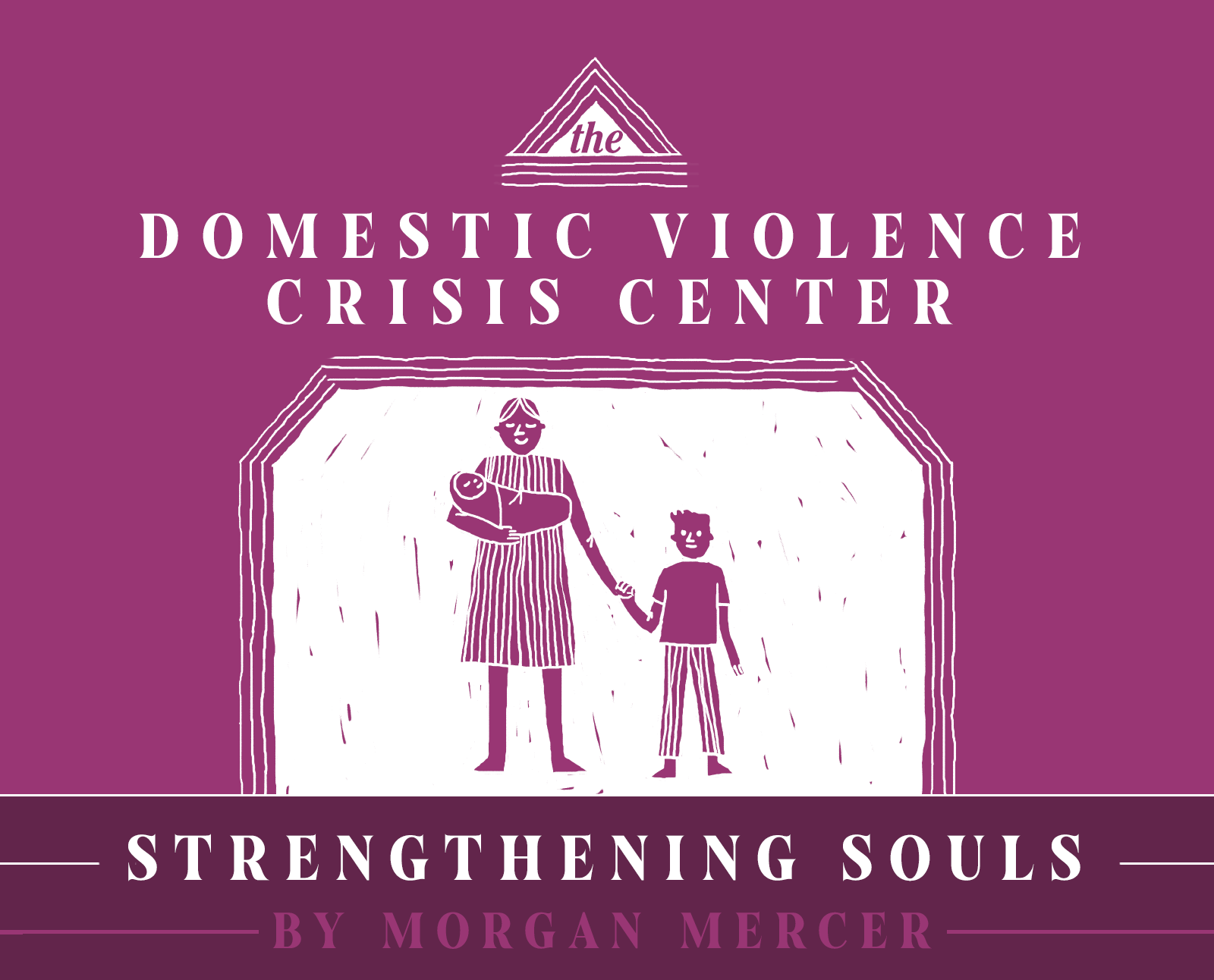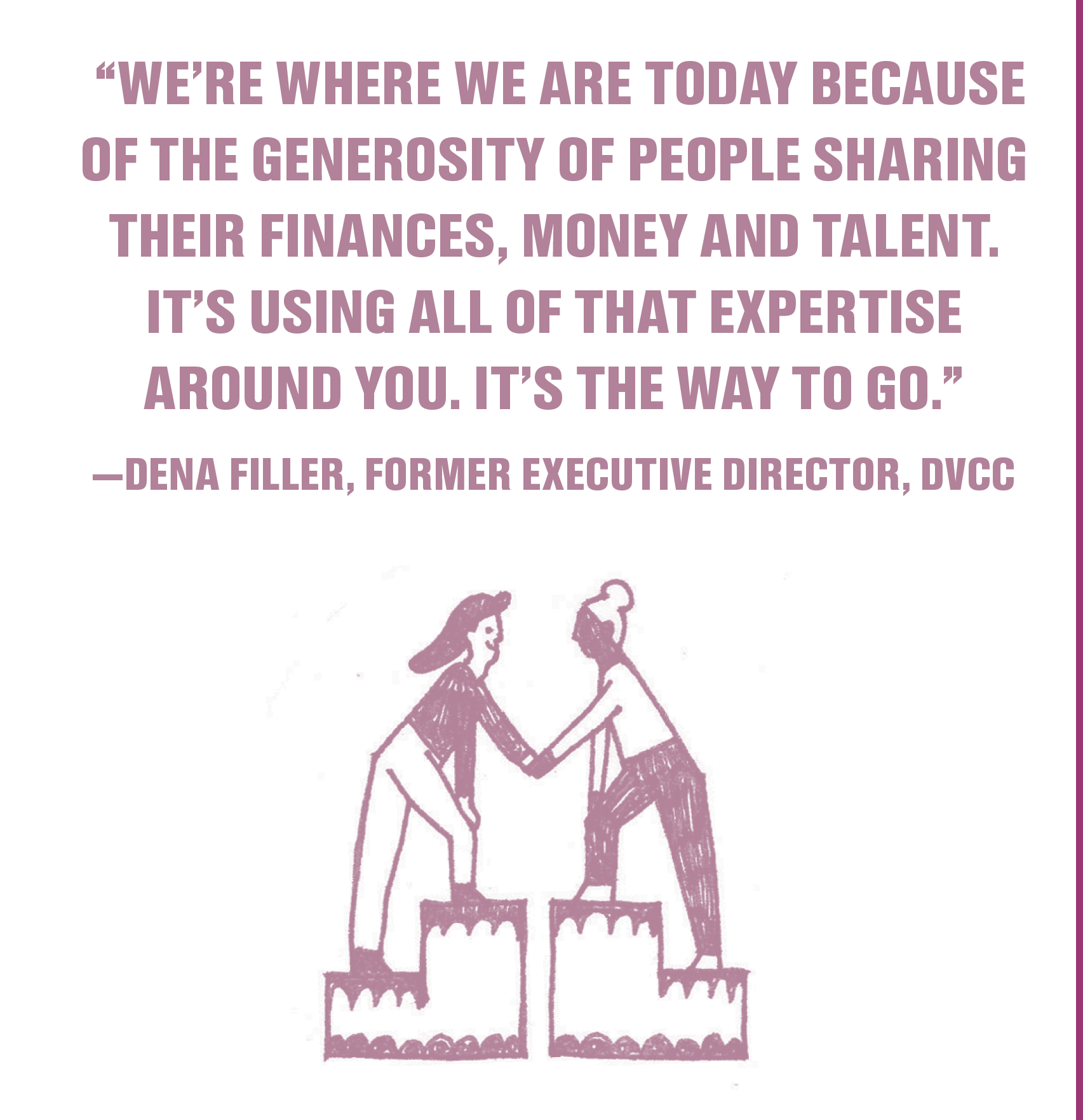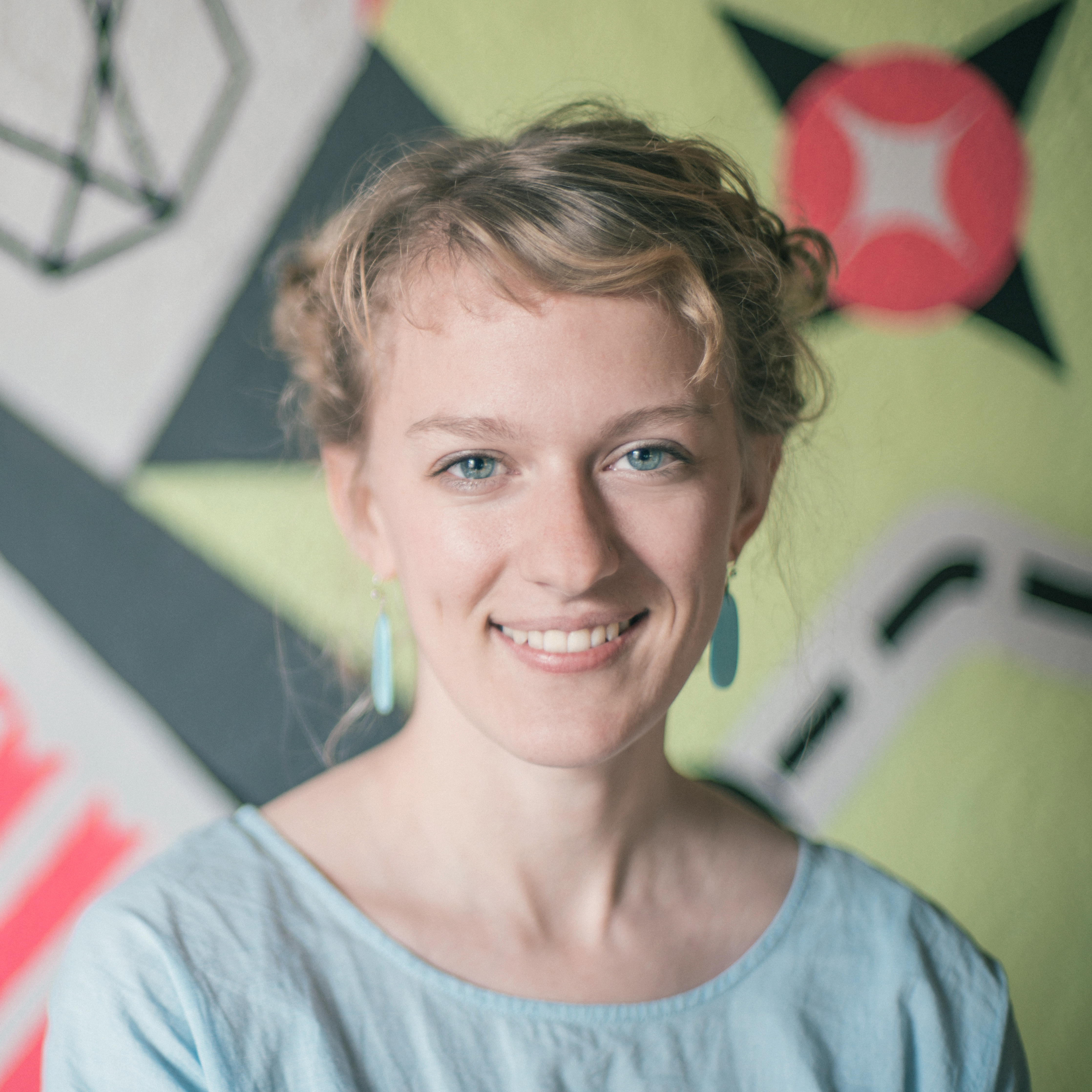
The oil boom has brought significant increases in population to rural North Dakota and a more than 100 percent increase in the number of women seeking assistance from the Domestic Violence Crisis Center (DVCC), the only agency in a 100-mile radius that provides crisis services and emergency food, clothing and shelter to women and children fleeing domestic violence.
For the first time in years, Amelia did something she never dared to do while married: she went to a movie by herself, bought her snack of choice and picked out where she wanted to sit in the theater. Then she sat back and enjoyed the show. This time Amelia wasn’t afraid. No one told her what to do anymore. “I found my soul again,” Amelia says. “I can go where I want to go now. I can do things I want to do. I don’t have to be at his beck and call.”
The abuse started during the last four years of Amelia’s marriage. Domination. Manipulation. Verbal abuse. Control. One time Amelia’s husband hit her so hard he almost knocked her out. Her friends didn’t believe her. Amelia thought she might kill herself. But her path started to change after her husband kicked her out of the house. She went to the police station where a cop handed her a card with Domestic Violence Crisis Center’s (DVCC) information printed on it.
She arrived on campus that Friday.
After a night in the emergency shelter she moved in with her daughter. Yet every week since she returned to DVCC for its support group. Thanks to the strength she finds there, life is once again a series of choices Amelia gets to make for herself.
“He took my soul from me,” Amelia says. “But since I’ve been here with these ladies, I’ve been a different person. I found me again.”

“Oh no, not again,” Sue thinks. Her anxiety rises. After Sue left her abuser, the harassing text messages started to pour in. She found a fresh start at the transitional living apartments on DVCC’s campus, but still there are some nights when she imagines she hears the “message received” noise beeping on her cellphone.
“When they move into transitional living, it may be the first time they’ve been on their own away from their abuser, and that’s tough,” says Tara Bjornson, DVCC’s assistant director. “Having those apartments right here is really helpful. If they’re having a bad night they can go down and talk to somebody. It’s not like they’re stuck out some place by themselves.”
DVCC’s emergency shelter, which is staffed 24 hours a day, sits just across the parking lot from its eight transitional living apartments. In just a few minutes, women like Sue can run down from their apartment, work through a problem with an advocate, and then go back to bed. DVCC’s New Beginnings Campus project is an innovative model that brings all of its services to one central location, and it’s only one of four campuses like it across the country.
It’s a far cry from the way DVCC used to operate. Before the new campus opened in 2014, DVCC had four locations spread throughout the city—two apartment buildings, an emergency shelter and its offices. The old emergency shelter could comfortably house 13, but routinely packed in up to 25 women sleeping on air mattresses and pull-out couches. Staff struggled to monitor security issues when abusers showed up at the transitional living apartments. Transportation between locations proved to be a nightmare, too, often taking four hours to drive survivors to and from a two-hour support group session.
Those old frustrations are gone now, though. DVCC’s centralized campus led to more efficient use of staff time, a reduction in gas costs, improved security and increased support of women across its programs. Its larger emergency shelter has capacity for three times as many women, which is space the center needs as the number of women looking for shelter increased 89 percent in the last five years. Demand climbed after the flood in 2011 and the oil boom in 2012 as the accumulation of stress, housing crunches and the misleading promise of work took its toll on individuals living in the region.
“When you don’t know about places like this it’s like being on the Titanic and there aren’t enough lifeboats. You’re going down and you can’t survive without that rescue,” says Sue, who moved into one of DVCC’s apartments in August. “I was rescued by this place. It means everything.”
The new campus is a bold statement that reflects the evolution of domestic violence services. In the early days, DVCC hid its shelter and housing locations to protect the safety of survivors. Now a highly visible central campus with new security systems creates a safer haven for survivors like Sue who have a bed to call their own and a place that helps put their lives back in drive.

When Lori called the police after leaving her abuser, the dispatcher who answered her call knew exactly what to do. She gave Lori the number to DVCC. Within minutes, two of the center’s volunteers picked the survivor up.
“Such a load dropped off of me,” Lori says. “If this place wasn’t here, I don’t know where I’d be.”
At one point, more than half of the center’s referrals came from officers at the Minot Police Department, all of whom carry DVCC information cards to hand out while on duty. Until she called, Lori had no idea a place like DVCC existed. Yet for survivors like her, the unprecedented cooperation and support between the two local organizations means more people get the help they need.
“You just can’t isolate yourself and expect to do the work,” says Dena Filler, who served as DVCC’s executive director for more than 25 years. “You have to build those relationships and have those tough conversations.”
DVCC developed its network by asking staff to join outside boards or committees that aligned with their passions and overlapped with the organization’s domestic violence work. Tara Bjornson, the center’s assistant director, leads the Coordinated Community Response Team. It’s a domestic violence task force that brings together 18 organizations across the Minot area, including social services and the local Air Force base. Through it, DVCC and local law enforcement joined up with the hospital to resurrect the Sexual Assault Response Team. Together, the group hammered out a new protocol to better assist and centralize services around survivors who visit the ER after an attack.
Through the generosity of its partners, DVCC financed its biggest project to date: its centralized campus. As Dena plotted out her vision, she began to rally support through quiet conversations with people in the community.
“To build a campus like we were dreaming about, I knew I needed to go out and get expertise,” says Dena. “We asked people for advice and guidance on how to proceed. It was those types of relationships that brought new people in.”
One connection opened the door to another, and soon three organizations—Minot Area Community Foundation, Margaret A. Cargill Foundation and Otto Bremer Trust—committed substantial grants to build the campus. Then, several local businesses and churches volunteered to cover the costs of furnishing the living rooms and bedrooms in all eight apartments on campus. With that, DVCC cut the ribbon on its innovative new model of care and opened a safe space to anyone in the Minot area who needs it.



Produced in partnership with the Bush Foundation
to showcase the culture of innovation
behind its Bush Prize winners.
Contributors



